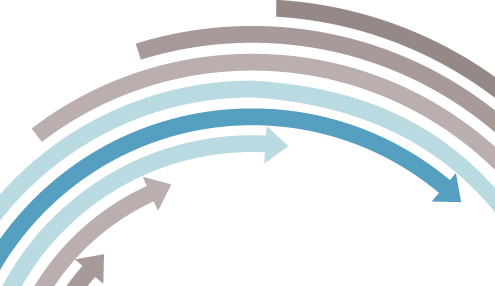
There’s a lot of talk about email etiquette. Do businesses need to promote it for their employees? Why is it so important to follow email etiquette guidelines?
What are the best rules and practices to follow?
First of all, businesses will benefit from promoting proper email etiquette for three great reasons:
Protection from liability. Here’s the no brainer. Certain rules need to be followed to avoid problems for the business. Email messages can and will be reproduced, and employees can, knowingly or unknowingly, put their employers at risk.
Efficiency and effectiveness. Many etiquette guidelines promote efficiency and effectiveness, for the sender and the recipient. Following these guidelines will contribute to the overall efficiency of the organisation
Professionalism. A professional image is important to a business’ success. Proper email etiquette and professionalism go hand in hand.
What’s Different?
When traditional etiquette books were written, email did not exist. The absence of guidelines or rules therefore allowed people to create their own ways of doing things, some of which are downright poor etiquette. All these new technologies – for example, email, voicemail and smart phones – have opened the door for some horrific etiquette blunders.
The Basis of Etiquette
Let’s remember that the basis of all etiquette is respect. So, when in doubt, your best guideline is to take the respectful approach – not just politeness, but consideration for people’s time and energy.
Here are some email etiquette tips that can guide you in efficiency, professionalism, and protecting your organisation from loss:
Use the person’s name, either in the greeting, or in the body of the message.
Keep language gender neutral.
Avoid text lingo (oops, I mean language).
Use only well known abbreviations.
Avoid emoticons and smiley faces.
Avoid long sentences.
Use active versus passive voice.
Be concise. ‘Nuff said.
Get to the point. Place your main point, request, or question in the very first sentence of your message.
Spell check. Proof read. Make sense.
Use proper layout.
Use a readable font in a size that is easy to see.
Avoid stationery that takes a large amount of megabytes.
Answer all questions, and anticipate
future ones.
Include the important points of the message thread.
Clean up forwarded emails. Either delete unnecessary verbiage or highlight the important points.
Use detailed subject lines to help your recipient quickly understand the focus of your message.
For very short messages, use the subject line as the message, ending in EOM [end of message] to let them know not to open the message.
Avoid writing in all caps. It is viewed as ‘shouting’.
Use the high priority option appropriately.
Use the words ‘urgent’ and ‘important’ sparingly, and only when it is true.
Use ‘reply all’ only when every person in the distribution is required.
Avoid sending email messages when you are emotional. Regardless of how you try to mask it, people will ‘feel it’.
Never forward messages that are off colour, offensive, racist, or obscene.
Don’t forward chain emails, or emails threatening you if you ‘don’t forward in
24 hours’.
Copy only the people who really need to receive the email.
Avoid using email to provide constructive criticism. Those conversations should be done in person.
Avoid using BCC to rat out your co‑workers. It turns you into the rat.
Avoid using email to discuss issues among several people – the threads become diffused and difficult to follow. Call a meeting instead.
Avoid sending urgent emails. If you need a response in less than three hours, visit or call.
Attach only what is necessary, and be cognizant of attachment sizes, so as not to overburden the recipient’s mailbox.
This list can’t cover every situation. When in doubt, take the most respectful approach and your email etiquette will help, rather than hurt your business.












